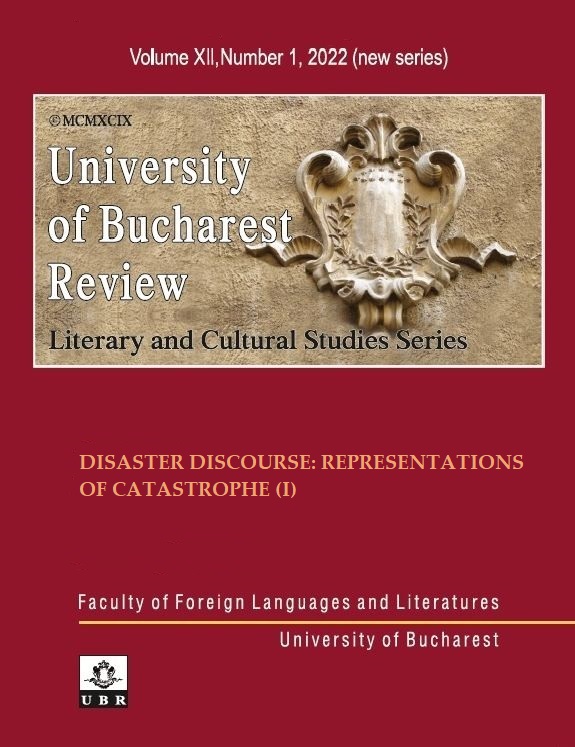Death as Disaster: Andy Warhol’s Aesthetics of Catastrophe
Death as Disaster: Andy Warhol’s Aesthetics of Catastrophe
Author(s): Ileana Botescu-SireţeanuSubject(s): Language and Literature Studies, Visual Arts, Studies in violence and power, Victimology
Published by: Editura Universităţii din Bucureşti
Keywords: death; disaster; representation; repetition; contemporary American visual art; pop art;
Summary/Abstract: Dwelling on an interdisciplinary approach of contemporary visual representations of disaster, which incorporates the theoretical tools of visual culture, semiotics, sociology, psychology and psychoanalysis, this study focuses on the affects and effects of Andy Warhol’s series Death and Disaster (1962-1963) within the larger framework of Western culture’s approach to death, as well as of the deep social and political changes of the 1960s. Unlike the unilateral consensus of Warholian scholars who have often argued that Warhol’s pop art was devoid of intention and that its repetitive visuals were merely supposed to replicate the all-encompassing consumerist feature of the ‘60s and to commodify art, this study argues that there is a lot of subversive intent in Warhol’s obsessive representation of death and disaster. In addition, the present analysis also suggests that a so-called aesthetics of catastrophe can be identified, especially when the larger context of Warhol’s primary sources and that of the general political and social turmoil of the ‘60s is considered. The issue of repetitive representation is also addressed in its ambivalent and ambiguous effect of gradually effacing, as well as enhancing the viewers’ negative affects towards disaster and death. Departing from the contemporary Western frame of mind, which exiles death outside the boundaries of being and categorizes it simply as the ultimate disaster, the present analysis is interested in seeing how this rhetoric is articulated at the level of visual representation in Warhol’s series Death and Disaster. Aside from a semiotic interpretation of the images, the study also considers the specific psychological and sociological variables that allow for the semiotic decoding to unfold correctly. Thus, the article argues that within the larger context of the 1960s American society, Warhol’s series emerges as a subversive portrayal of political and social changes and their media coverage, of the public consumption of catastrophe and ultimately of the reification and obliteration of death in contemporary Western culture.
Journal: University of Bucharest Review. Literary and Cultural Studies Series
- Issue Year: XII/2022
- Issue No: 1
- Page Range: 93-103
- Page Count: 11
- Language: English

